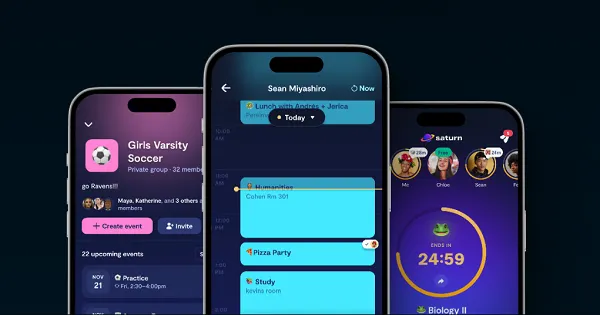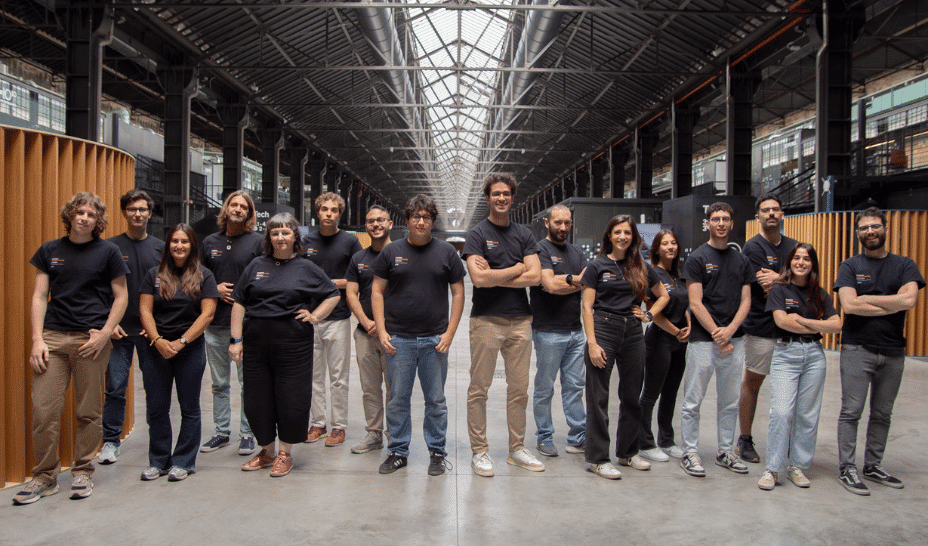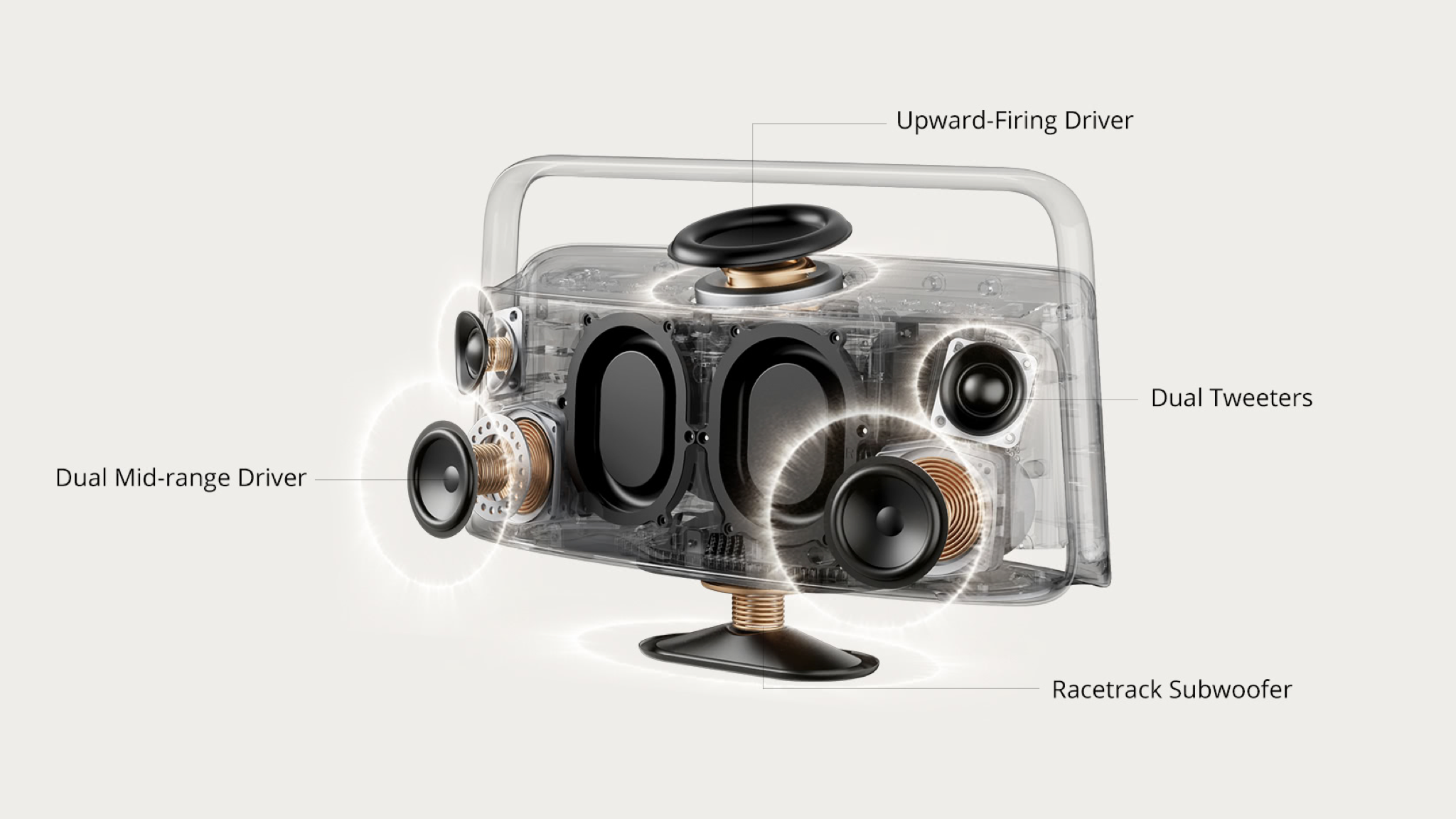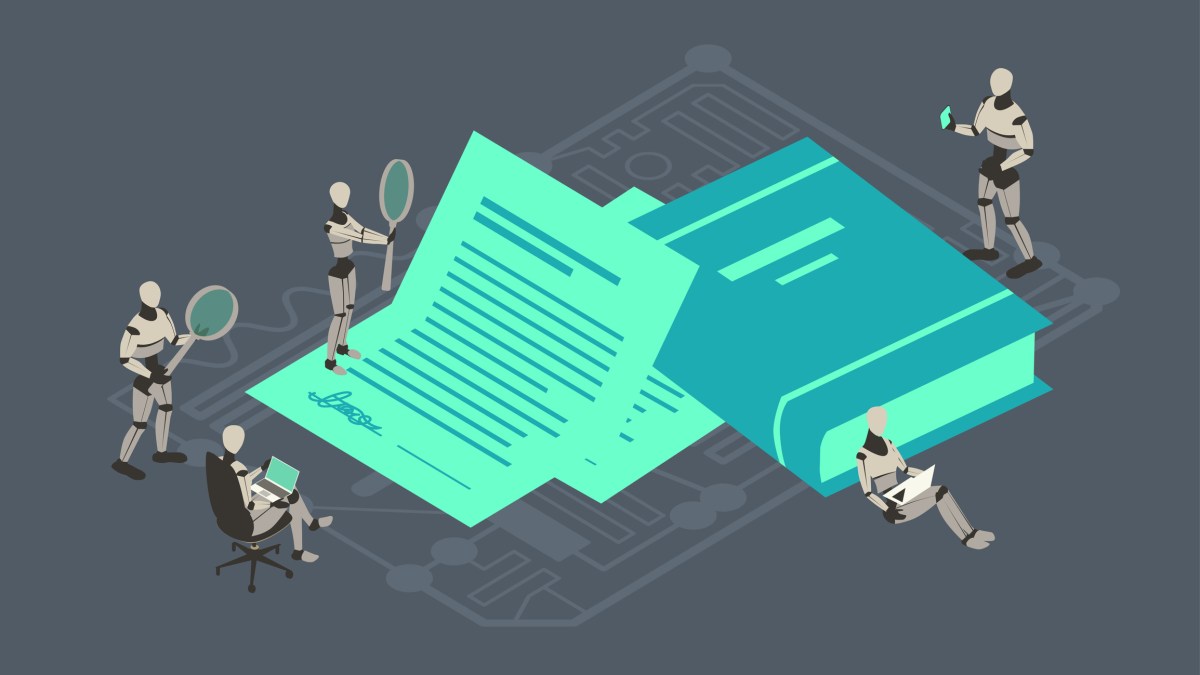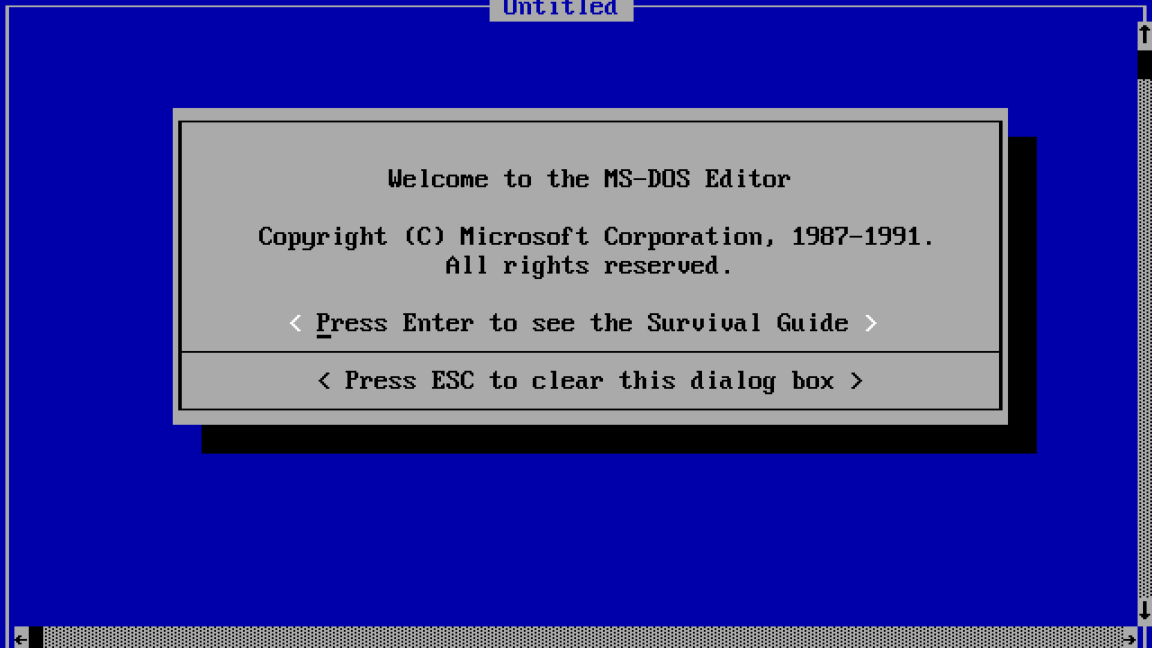Decoding the features of Snowflake Cortex at DevSparks Bengaluru 2025
In a compelling keynote, Kamesh Sampath of Snowflake illustrated how Cortex is empowering developers to interact with AI confidently, regardless of their coding background.


While many developers are enthusiastic about artificial intelligence (AI), a segment remains skeptical – viewing AI as opaque, complex and, at times, even harmful. At DevSparks Bangalore 2025, Kamesh Sampath, Lead Developer Advocate, Snowflake, set out to demystify AI in his keynote session titled ‘Snowflake Cortex: Revolutionising data pipelines with native integration.’ By demonstrating how Cortex seamlessly integrates into the Snowflake Data Cloud, he spoke directly to developers in the audience, acknowledging their concerns, and showcasing Snowflake’s approach to making AI, LLMs, data queries, Search and more, simple and trustworthy.
Here are the highlights.
Sampath opened the session with a relatable question: “How many of you feel that AI is complex?” He admitted he once felt the same confusion when he started working with AI. Recognising this universal fear of the unknown, Snowflake decided to simplify AI and data for developers through the principles of simplicity, trust, and safety. The first step was democratizing access to AI by offering no-code solutions for novices without any prior programming experience. For more experienced developers, Snowflake provided Python and SQL wrapper functions to interact with data. Next, Snowflake introduced a serverless infrastructure to lift the burden from developers' shoulders about managing CPUs, GPUs, and other compute resources. The third part of Snowflake’s program was centered around trust, ensuring data remains protected.
“Snowflake is not just a platform which provides AI or a platform that delivers data cloud or warehouse solutions. It is a complete data cloud platform where data governance and security is built into the very foundation of the architecture,” he shared.
Sampath explained how Snowflake leveraged the same principals – simplicity, trust, and safety – to build Cortex. Understanding that Large Language Models can provide harmful outputs, Snowflake ensured robust governance for these models, so that developers can build AI applications that adhere to the inbuilt governances on the platform and do not generate harmful outputs. Regarding the second principle - simplicity, Sampath emphasized how Cortex enables seamless access to cutting-edge LLMs such as Snowflake Arctic, Mistral, Meta Llama 4. Developers can easily swap between models based on their needs, including use cases that require comparative outputs. They can also access task-specific SQL models and corresponding Python APIs to simplify AI tasks such as sentiment analysis, classification of text forecasting and more.
Another key topic Sampath addressed was the availability of fine-tuned models on Cortex, explaining how businesses often get charged a dollar per 1 million tokens. These tokens are any character that is sent as a part of the prompt, each of which is counted towards the number of parameters. However, this can be expensive, as the bigger the parameters, the larger the model and higher the cost. However, opting for a smaller model, charging as little as one-tenth the price, would not be the ideal solution as they lack the training that goes into LLMs. To bridge this gap, Snowflake Cortex allows developers to access solutions, through an AI/ML studio that enables developers to fine-tune large models for specific tasks, combining the training of a larger model with the cost of a smaller one — without writing a single line of code.
Moving onto Cortex Analyst, Sampath turned the spotlight on AI agents, remarking, “Agents are all the rage right now. But what is an agent? It's basically nothing but a data-driven workflow in the basic sense. How do you connect multiple applications together in response to your prompt? That’s basically what an agent does.” He explained how Cortex Analyst leverages Representational State Transfer (REST) APIs to empower businesses to query their data in natural language. For instance, a business analyst with no SQL knowledge is then unable to find insights from data by using an LLM. However, Cortex Analyst enables analysts to query or talk to structured data. This feature will generate the SQL query and share it with the analyst to run. The REST API also allows businesses to operate outside of Snowflake. Additionally it can also query unstructured data such as PDFs, documents, videos, audio files, social media posts and more.
Sampath also introduced the idea of applied creativity, encouraging the audience to reconsider their relationship with AI. He posed a thought-provoking question, “Is AI a tool or replacement?” Arguing firmly that AI could replace human creativity, he explained,
“It's not technically replacing human creativity, but enhancing it. That’s why I call it applied creativity, because I am applying something which I already learned at work with the help of AI. Humans can never be replaced. I would advise you to shift your mindset, and look at AI as a professional toolkit. It's not replacing anything you do, because you still need to tell what it does to write and validate the code that it generated. By leveraging this toolkit, you can spend more time refining your business logic or making your application more robust instead of writing all that boilerplate code.”
During the session, Sampath also explored different features in Cortex, such as Search (which combines keyword and semantic search), AI observability, agentic workflows, data protection and much more. He ended the session by showcasing different demos of Snowflake Cortex.
You can watch the entire video, here:




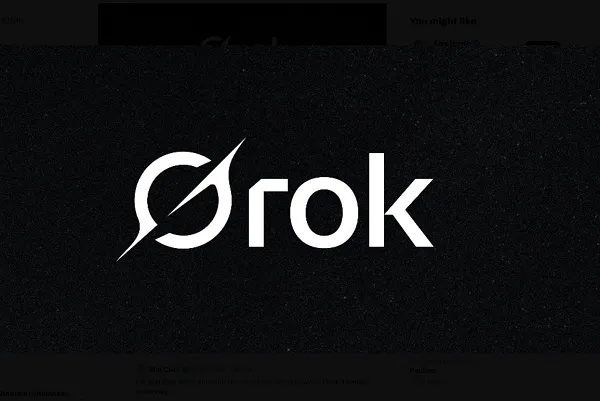
![Is ChatGPT Catching Google on Search Activity? [Infographic]](https://imgproxy.divecdn.com/RMnjJQs1A7VQFmqv9plBlcUp_5Xhm4P_hzsniPsfHiU/g:ce/rs:fit:770:435/Z3M6Ly9kaXZlc2l0ZS1zdG9yYWdlL2RpdmVpbWFnZS9kYWlseV9zZWFyY2hlc19pbmZvZ3JhcGhpYzIucG5n.webp)
